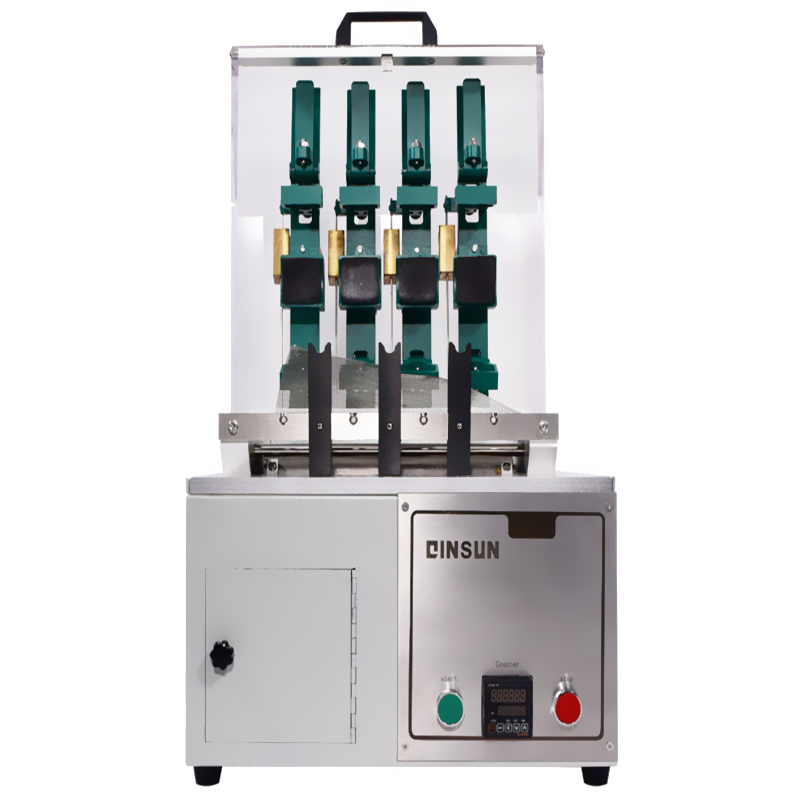
Wyzenbeek wear test
2025/08/01

Test Purpose
The Wyzenbeek abrasion test simulates the friction experienced by materials during actual use. By measuring the wear resistance of materials, it provides important insights for product design and production. The test results can help manufacturers understand the wear resistance of their products, thereby improving production processes and product quality.
Test Principle
The Wyzenbeek abrasion test uses a long, rectangular specimen mounted on the front and rear clamps of a friction head, applying a certain tension. An abrasive medium (such as a metal mesh or sandpaper) is placed on a circular friction table, bringing the specimen into contact with the medium and applying a certain load. The table, driven by a motor, oscillates back and forth, abrading the specimen. After a certain number of abrasion cycles, the specimen's fracture strength or degree of wear is assessed.
Testing Equipment
The Wyzenbeek abrasion test is typically performed using a specialized Wyzenbeek abrasion tester. The equipment consists of a friction head, a friction table, fixtures, a tension adjustment device, a load adjustment device, a counter, and a control system. The equipment must exhibit excellent stability and accuracy to ensure reliable test results.
Test Procedure
Preparing the Test Sample:
Select a long, rectangular specimen that meets the test standards, ensuring its surface is flat and free of defects and meets the test dimensions.
Perform appropriate pretreatment on the specimen, such as cleaning and drying, to eliminate surface contaminants and moisture that could affect the test results.
Mounting the Test Sample:
Mount the specimen onto the front and rear fixtures of the friction head and apply a certain tension.
Ensure good contact between the specimen and the friction medium, and apply a certain load. The load should be set according to the test standard or actual requirements.
Setting Test Parameters:
Set parameters such as the number of frictions, friction rate, and specimen tension according to the test standard or actual requirements.
Ensure the counter is reset to zero to accurately record the number of frictions.
Starting the Test:
Press the start button, and the abrasion table will begin to oscillate back and forth, abrading the sample.
During the test, carefully observe the sample's wear and ensure the equipment is functioning properly.
End of Test and Evaluation:
When the set number of abrasions is reached, the tester automatically stops.
Remove the sample and observe and record its degree of wear or breaking strength.
Based on the test results, evaluate the sample's abrasion resistance and assign a grade or score.
Precautions
Before testing, the sample should be properly pretreated to eliminate surface contaminants and moisture that could affect the test results.
During the test, strictly adhere to operating procedures and safety regulations to ensure personal and equipment safety.
Test equipment should be regularly calibrated and maintained to ensure its stability and accuracy.
Test results should be accurately recorded and analyzed to objectively evaluate the sample's abrasion resistance.
In summary, the Valspar abrasion test is a scientific, accurate, and reliable method for testing the abrasion resistance of textiles. This method can be used to evaluate the wear resistance of materials and provide an important reference for product design and production.
Previous: Optimizing Performance: The Essential Role of an Air Intake Filter Test System
N e x t : Leather Seam Fatigue Tester: A Comprehensive Explanation from Principle to Appli



